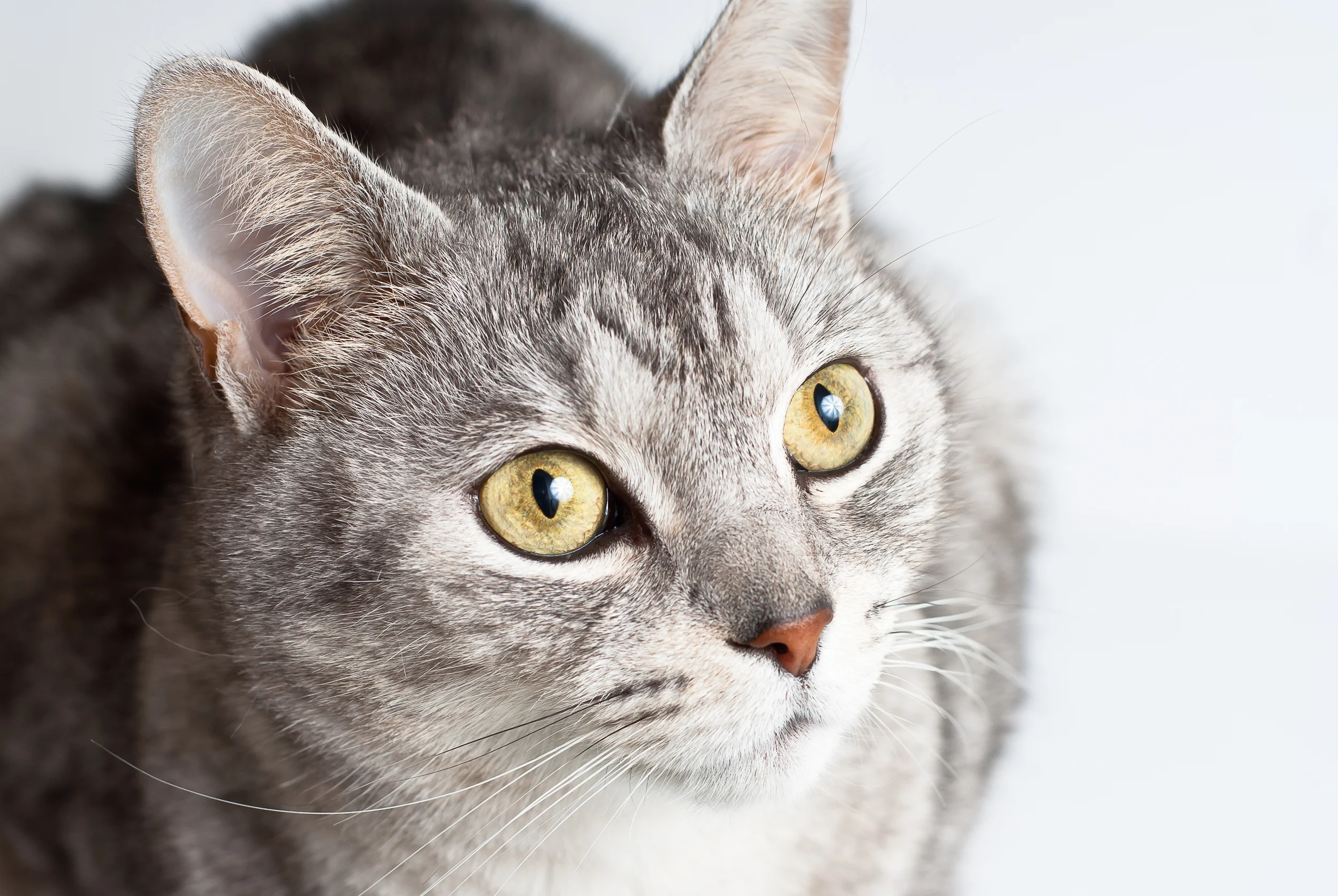
Ovariohysterectomy and castration can help prevent overpopulation and reduce the risk for reproductive neoplasias, pyometra, perianal masses, prostatic hyperplasia, and behavior problems.1-3 Overall complication rates are reportedly <2% for routine spay and neuter procedures in shelter medicine,4 and although recent data for overall complication rates in general practice are lacking, they are likely comparable. Spay and neuter procedures are vital for care of small animal patients, and efforts should be made to identify, minimize, prevent, and treat potential peri- and postoperative complications.
Take the Quiz
Listen to the Podcast
Want to learn more? Dr. Tarricone joined the Clinician's Brief podcast to discuss these complications.